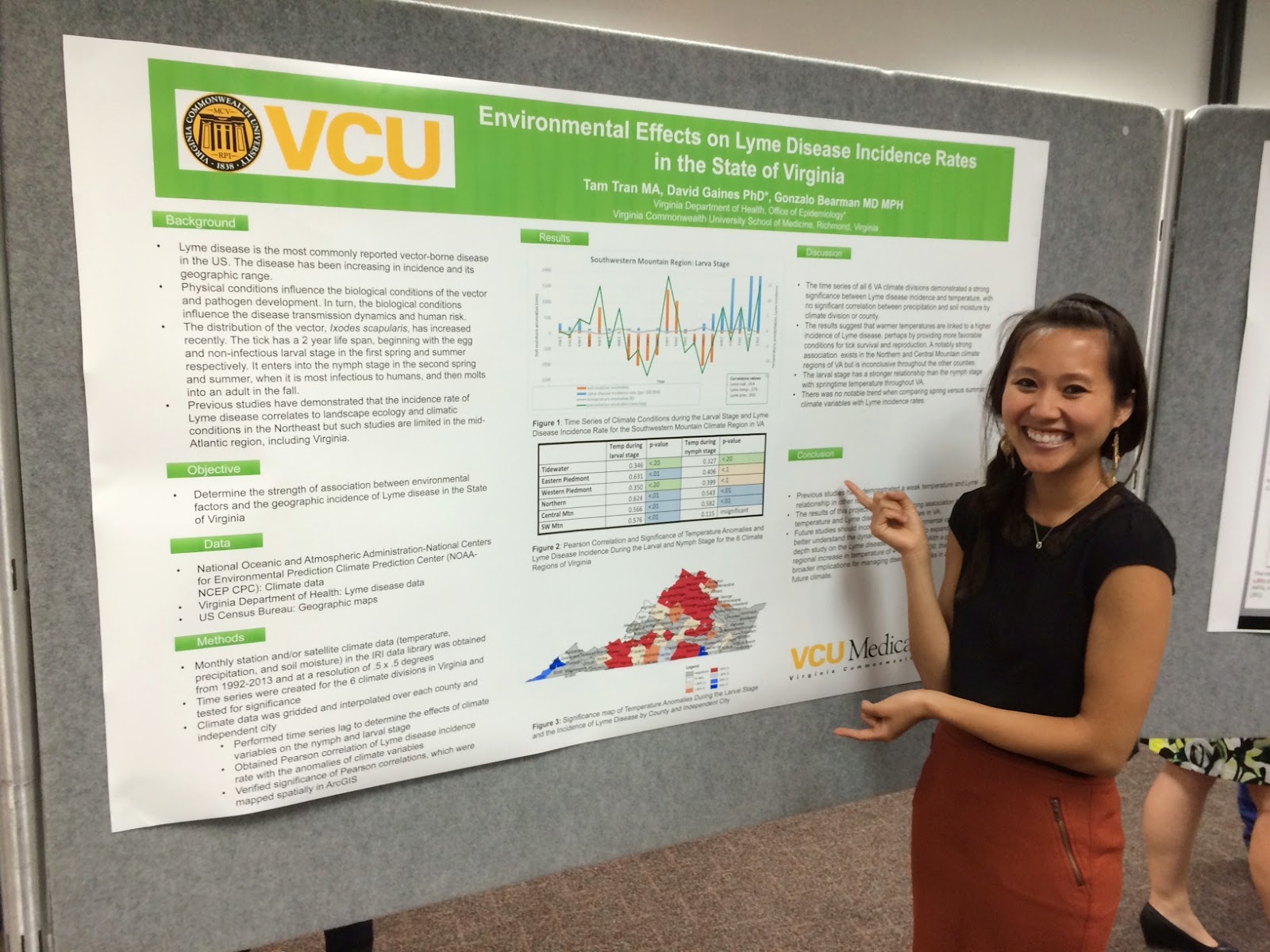For those of you looking for a good medical read, I would suggest Fever, by Mary Beth Keane. This medical novel focuses on the life of Mary Mallon, infamously known as Typhoid Mary.
The narrative goes beyond depicting the medicine and evolving understanding of infectious diseases at the turn of the 19th century. At its core is a deep and meaningful story about love and survival.
Despite the sickness and death inflicted by a Marry Mallon, one cannot help but sympathize with her struggle and see her as a sadly forgotten heroine of an era long past.
Well worth reading.
The narrative goes beyond depicting the medicine and evolving understanding of infectious diseases at the turn of the 19th century. At its core is a deep and meaningful story about love and survival.
Despite the sickness and death inflicted by a Marry Mallon, one cannot help but sympathize with her struggle and see her as a sadly forgotten heroine of an era long past.
Well worth reading.











































